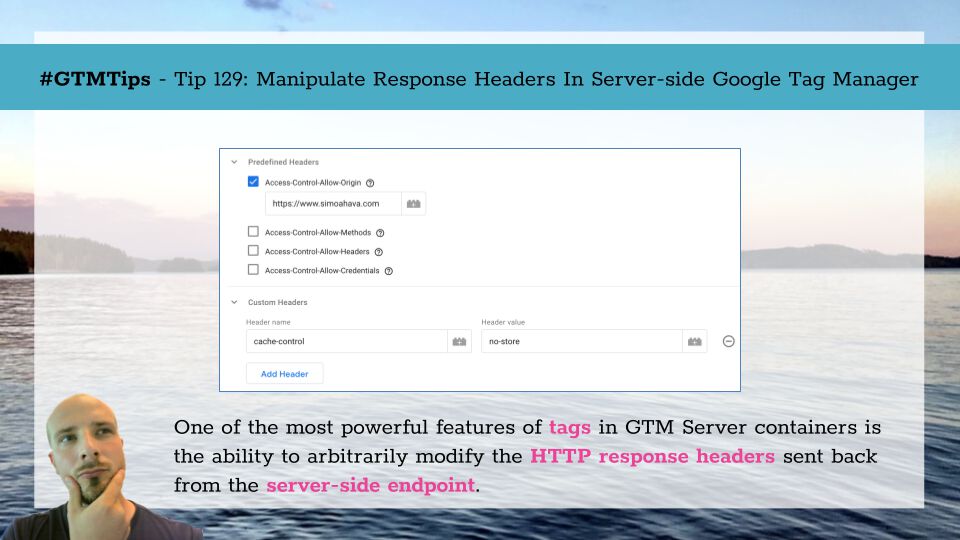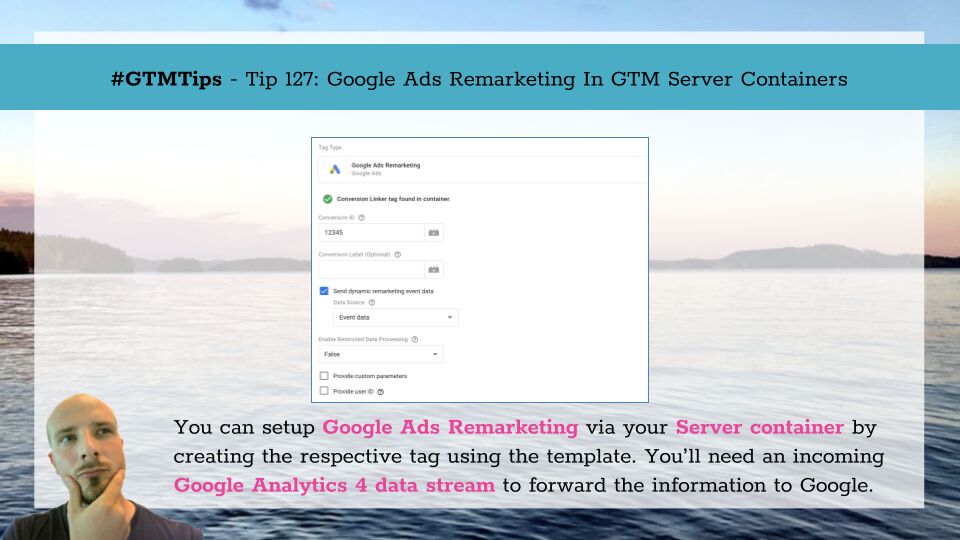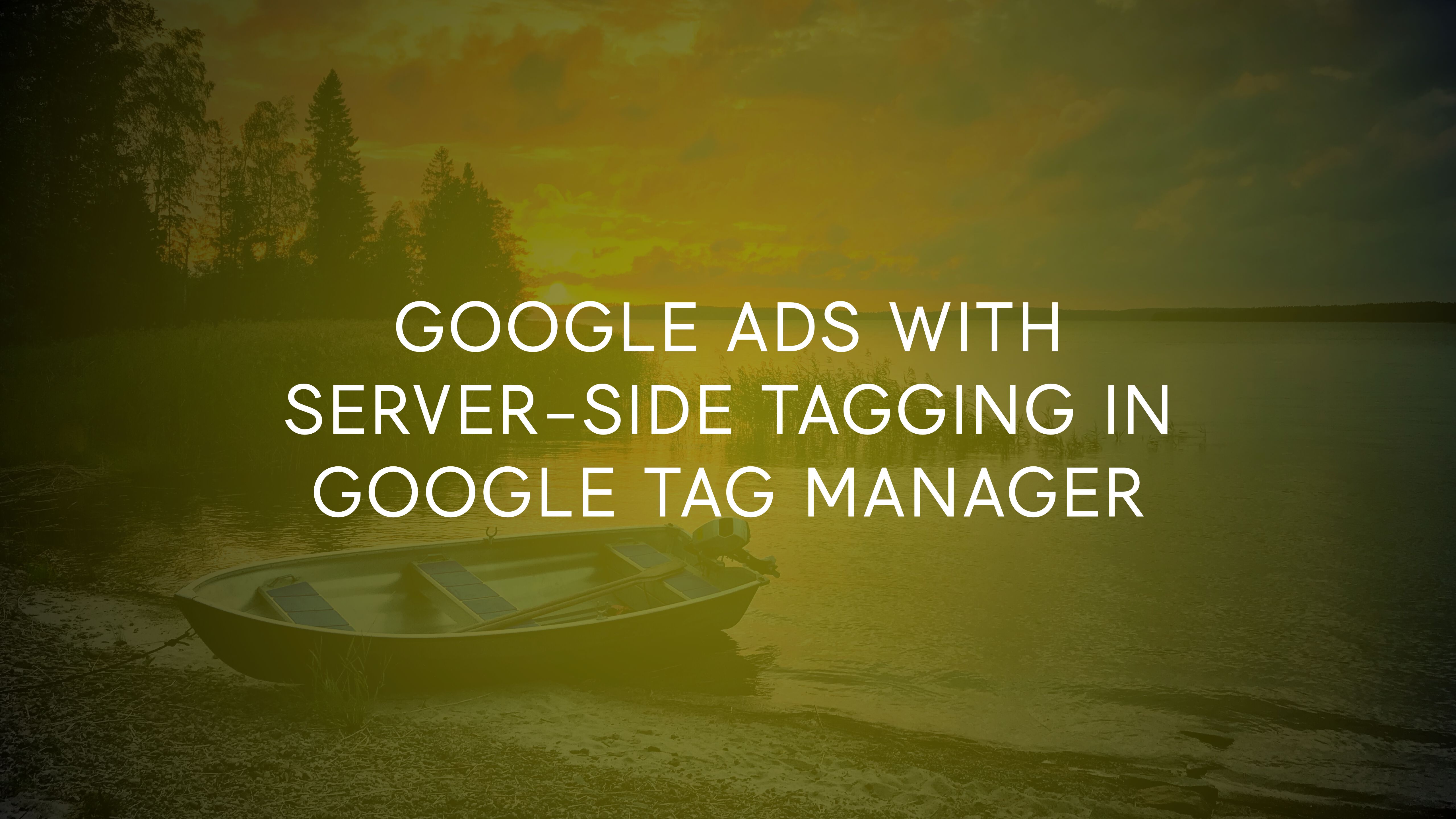Although most of Server-side Tagging in Google Tag Manager revolves, quite rightfully, around Clients, there’s still plenty of value to be derived from tags, too.
Naturally, the most common use case for server-side tags is to map the incoming requests to the Server container (filtered through Clients) and dispatch them to their respective endpoints.
But in addition to dispatching HTTP requests, tags can do so much more.
In this article, I’ll share with you a neat way how to utilize tags to manipulate the HTTP responses the Server container sends back to the request source.





